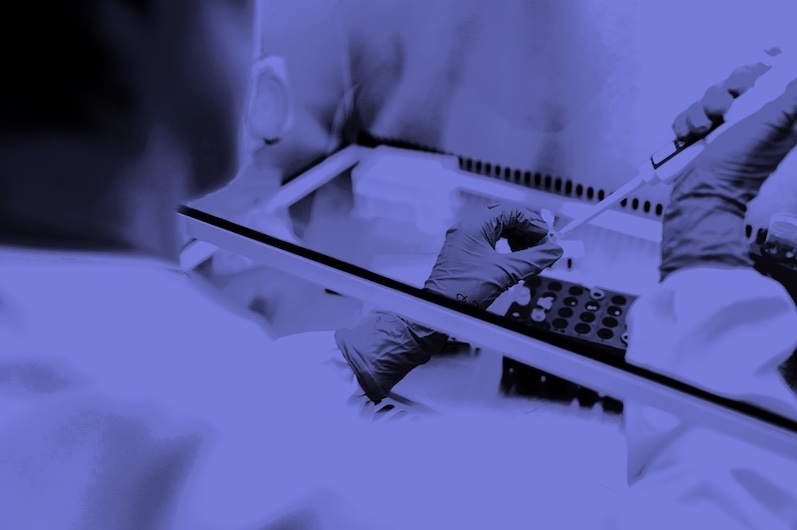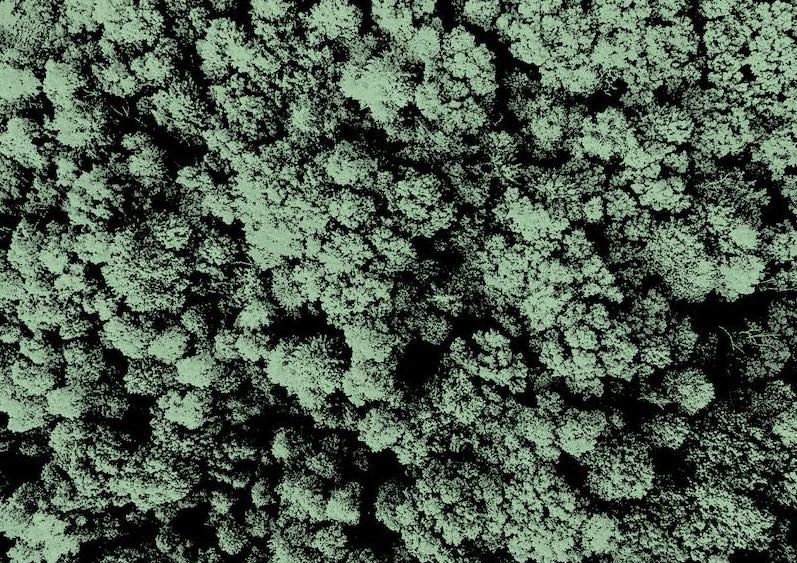What is it about?
The project mainly focuses to detect a Glaucoma percentage in a person’s eye. Glaucoma is an eye disease which is mainly responsible for vision impairment. So it is necessary to detect the presence of Glaucoma in the early stages. If detected in the early stage we can control our intra ocular pressure by adopting lifestyle changes and by using some other medications. The lifestyle changes may include exercising regularly and reducing stress. Hence the early detection of Glaucoma can help people from losing their vision. A machine learning model has been proposed which tells the Glaucoma percentage of the eye. In this we are giving a fundus image as the input to the model and it tells the Glaucoma percentage. This Glaucoma percentage can be detected using two things that are optic cup and optic disk. To measure the Glaucoma percentage it is necessary to find the optic cup ratio to optic disk ratio. Generally health eye optic cup ratio to optic disk ratio is less than 0.5. In Glaucoma eye the optic cup ratio to optic disk ratio is greater than 0.5. By using this concept we are going to develop the model.
Featured Image
Why is it important?
Glaucoma is a significant eye disease that can lead to vision impairment and even blindness if left untreated. Early detection is crucial for managing the condition and preventing vision loss. By focusing on detecting Glaucoma in its early stages, the project aims to improve the overall health outcomes for individuals at risk of developing the disease. Detecting Glaucoma early allows for timely intervention and the implementation of lifestyle changes and medications to control intraocular pressure. Lifestyle changes such as regular exercise and stress reduction can help manage Glaucoma and mitigate its progression. Therefore, the project not only aims to detect Glaucoma but also empowers individuals with the knowledge and tools to take proactive measures to protect their vision.
Perspectives
Glaucoma is often called the "silent thief of sight" because it can progress unnoticed until significant vision loss occurs. Early detection is crucial because it allows for interventions that can slow or prevent the progression of the disease. This project aims to identify glaucoma at an early stage by analyzing fundus images of the eye, which can significantly impact individuals' quality of life by preserving their vision. The provided information outlines a significant endeavor towards combating Glaucoma, an eye disease leading to vision impairment and potentially blindness if not addressed timely. The project presents a machine learning model designed to evaluate the percentage of Glaucoma in an individual by analyzing fundus images of the eye. This innovative approach is rooted in measuring the optic cup to optic disk ratio, a critical factor in Glaucoma diagnosis. For healthy eyes, this ratio is below 0.5, whereas it exceeds 0.5 in eyes affected by Glaucoma. By enabling early detection of Glaucoma through this model, individuals can adopt preventive measures such as lifestyle adjustments and medications to manage intraocular pressure, significantly reducing the risk of vision loss. This project underscores the pivotal role of technology in healthcare, particularly in diagnosing and managing diseases at an early stage, thereby preserving the quality of life for many.
Balajee Maram
SR University
Read the Original
This page is a summary of: A Framework for Glaucoma Diagnosis Prediction Using Retinal Thickness Using Machine Learning, September 2022, Springer Science + Business Media,
DOI: 10.1007/978-981-19-2764-5_6.
You can read the full text:
Contributors
The following have contributed to this page







